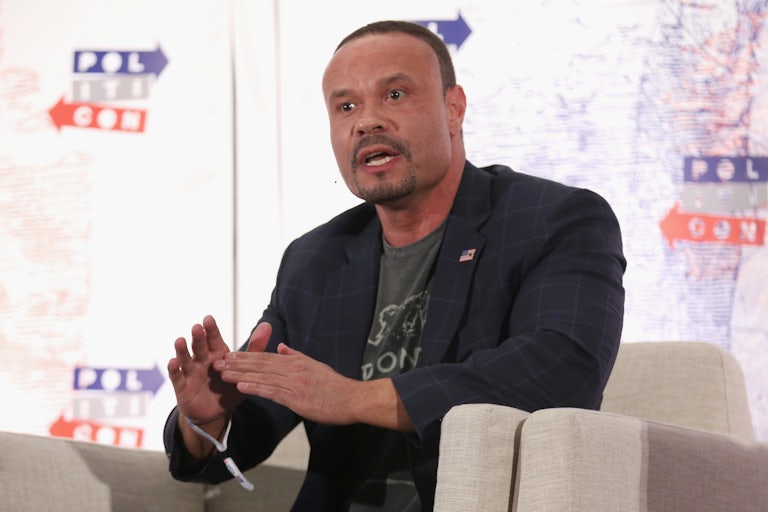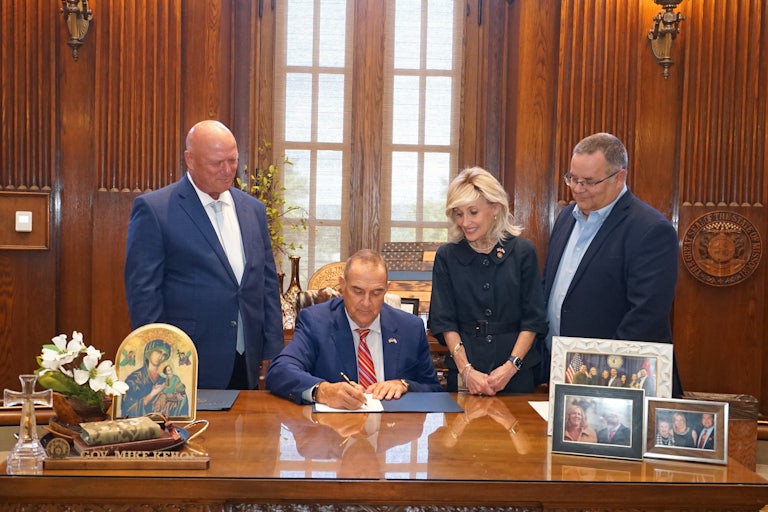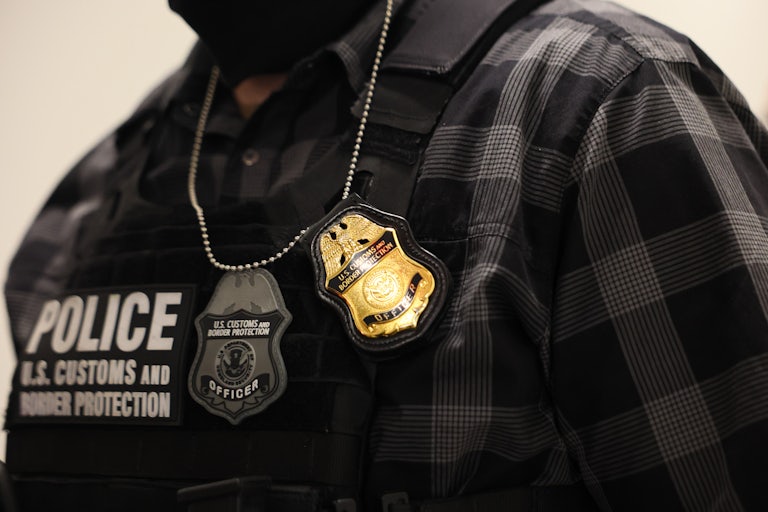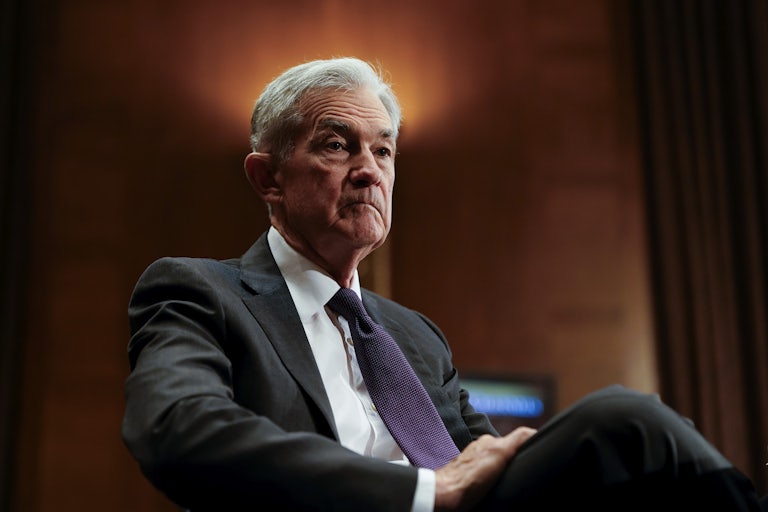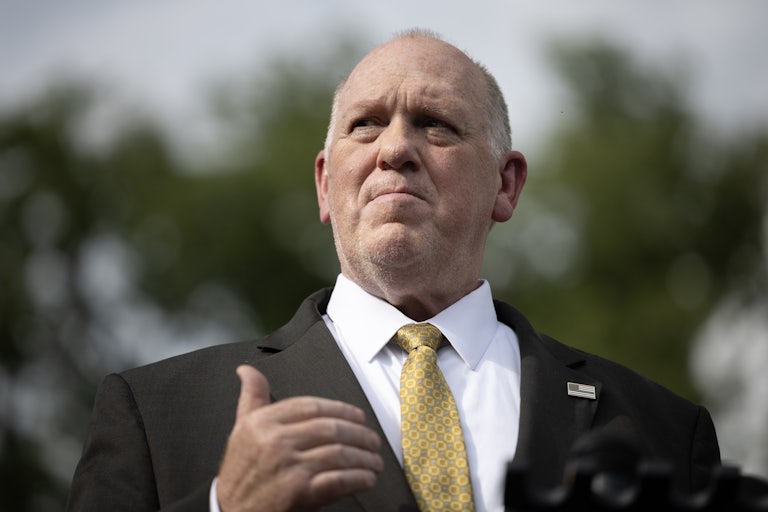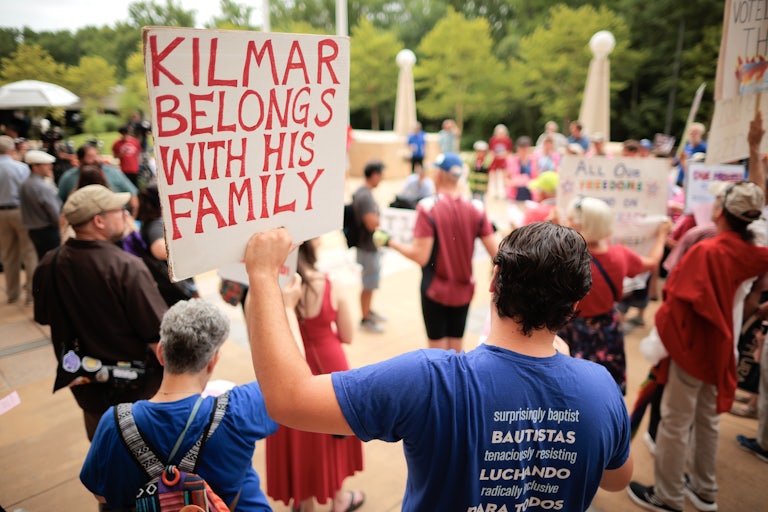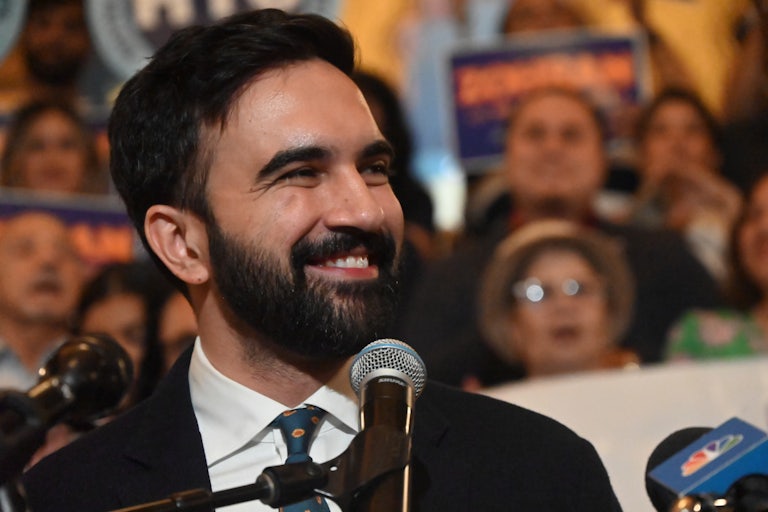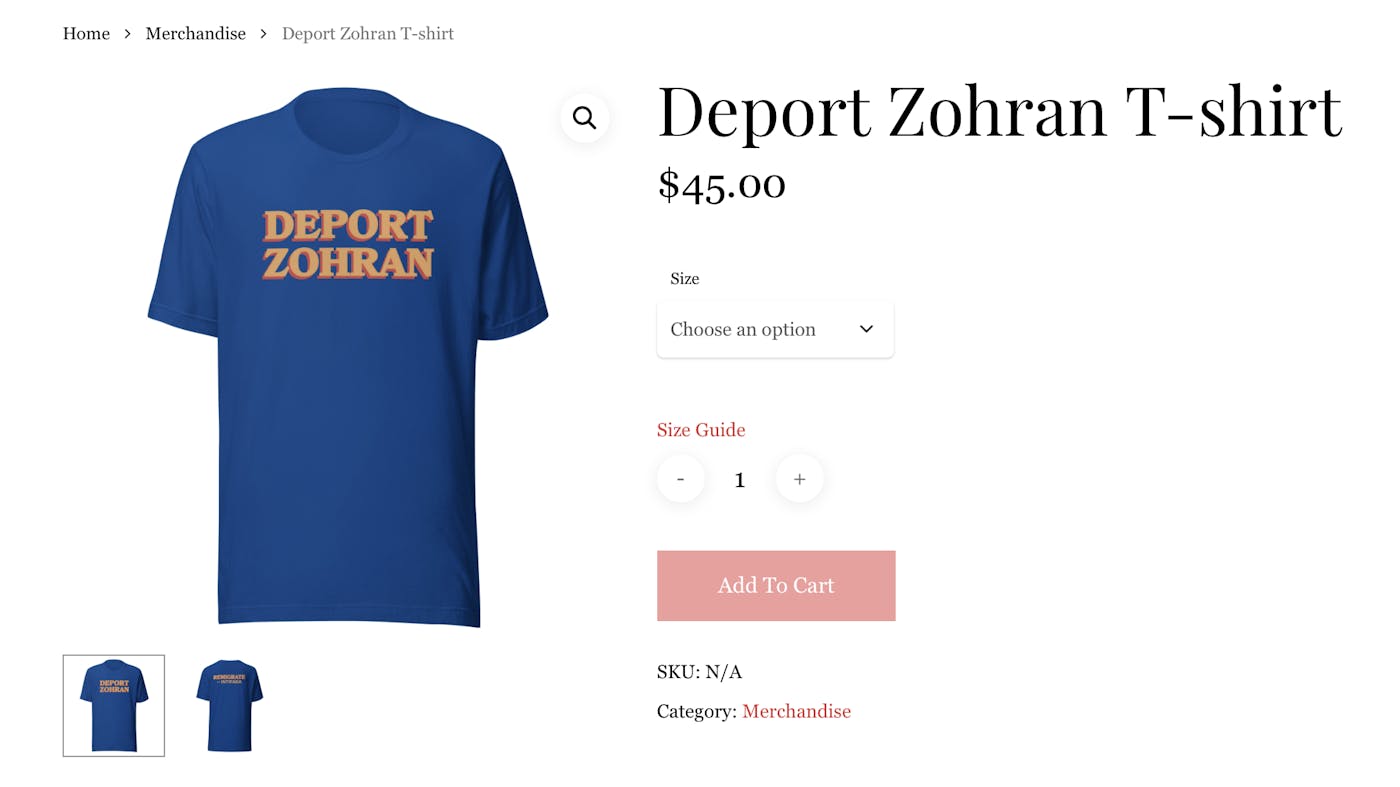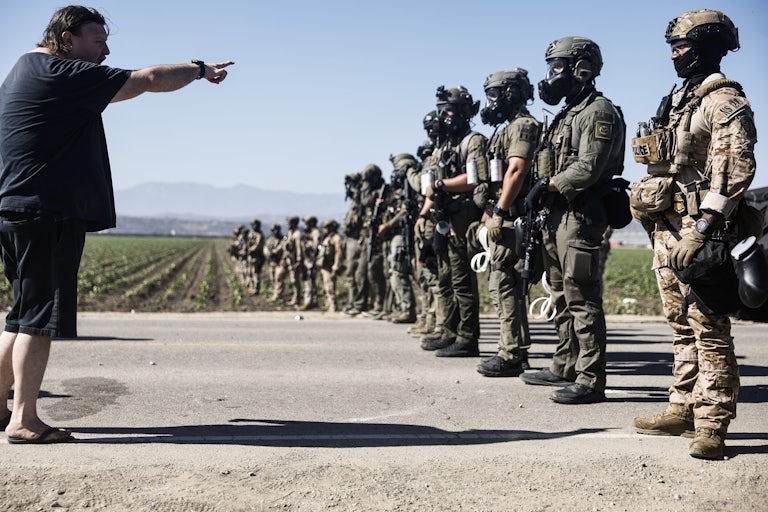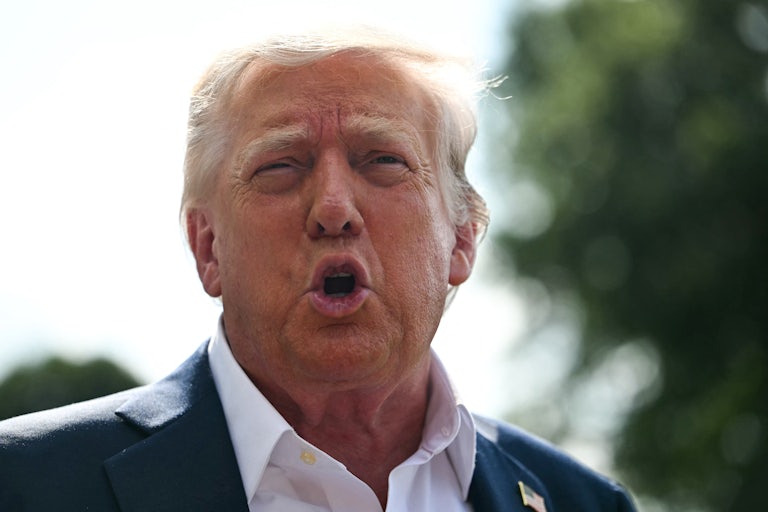Federal Judge Tells LAPD to Stop Shooting at Journalists
U.S. District Judge Hernán D. Vera blocked Los Angeles police from using less lethal munitions and other crowd control weapons against reporters—and told them to stop arresting journalists.
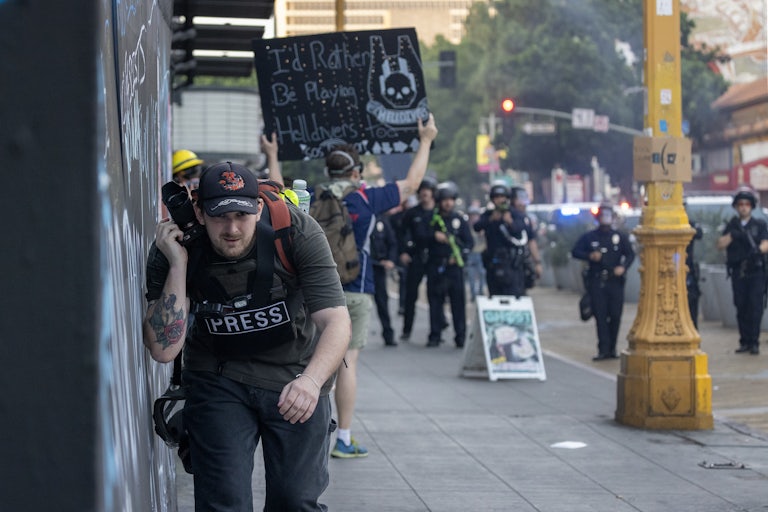
A federal judge just had to remind police that they shouldn’t shoot at journalists after several violent encounters during the protests opposing the Trump administration’s disastrous ICE raids in Los Angeles.
U.S. District Judge Hernán D. Vera blocked the Los Angeles Police Department from wrongfully preventing journalists from accessing closed off areas, detaining or arresting journalists while they’re reporting, and using less lethal munitions (LLMs) and other crowd control weapons against them.
In a 14 page-filing, Vera said that the First Amendment claims made by the Los Angeles Press Club were likely to succeed, and granted them a temporary restraining order. “Indeed, given the fundamental nature of the speech interests involved and the almost daily protests throughout Southern California drawing media coverage, the identified harm is undoubtedly imminent and concrete,” he wrote in a filing.
Vera recounted multiple instances of journalists being cordoned away from the protests or detained and arrested by officers. Documentarian and activist Anthony Orendoff was detained for four days despite telling officers he was a member of the press.
Vera also recounted many instances of violence against members of the press. In one instance, an officer appeared to aim his gun at 9News Australia’s Lauren Tomasi while she was reporting live, and fired a rubber bullet which hit her in the leg on air. Photojournalist Michael Nigro, who stood high above the protests in a press vest and helmet, heard the sound of LLMs hitting a pole by his head, and later that day was struck in the helmet by a rubber bullet. Another unidentified photojournalist with a press pass was pushed over by a police officer, and trampled by a police horse.
Vera barred officers from “prohibiting a journalist from entering or remaining in the closed areas.” The judge also prohibited officers from “intentionally assaulting, interfering with, or obstructing any journalist” who is “gathering, “receiving, or processing information for communication to the public.”
He also barred officers from “citing, detaining, or arresting a journalist who is in a closed area for failure to disperse, curfew violation, or obstruction of a law enforcement officer for gathering, receiving, or processing information,” or using LLMs, like rubber bullets, and other crowd control measures like flash-bangs and chemical irritants like tear gas.
A hearing for a preliminary injunction was set for July 24.
